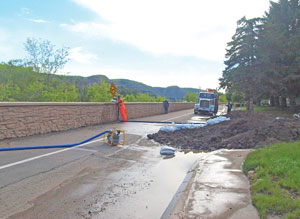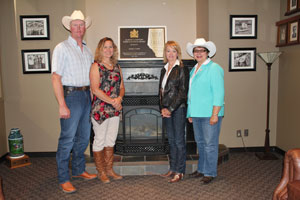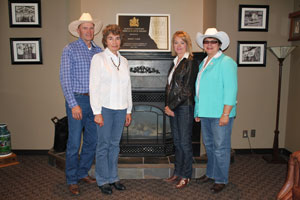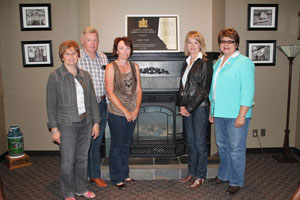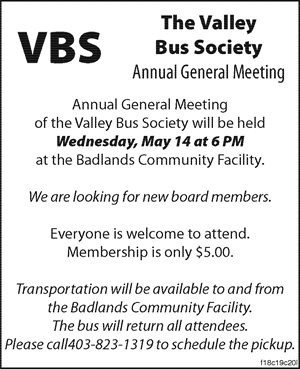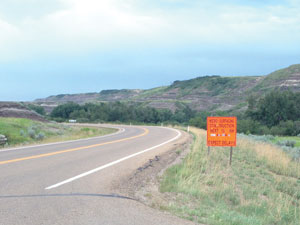
Another highway project is ramping up as crews begin micro surfacing Highway 838 from Highway 9 to the Royal Tyrrell Museum. Motorists can expect delays for the remainder of July and into August as crews work their way down Highway 838. This is the second major Highway project this summer. Earlier this year crews resurfaced Highway 10.
Crews have been making a lot of progress on highway work in the valley this summer, and the next project is ramping up to get going this week.
Drivers can expect a few delays along Highway 838, North Dinosaur Trail, as crews complete a micro-surfacing. Even in the face of the rebuilding efforts following the flooding in Alberta communities, public affairs officer for Alberta Transportation Nancy Beasley Hosker says it is important these projects are completed.
“The Minster committed as did the premier, that as we are working on the recovery we will continue with the work of moving Alberta forward,” said Hosker.
The project will span about five kilometres, from the intersection of Highway 9 to near the entrance of the Royal Tyrrell Museum.
“We are providing local residents with good, safe roads to travel on and it will also extend the life of Highway 838 up to 10 years,” said Hosker. “If it were to go untreated, the road would actually take more extensive rehabilitation work. This is a good investment which will slow down the deterioration of existing pavement.”
This week crews were stripping some of the markings off the highway and compacting some of the cracks before beginning the resurfacing.
Hosker explains micro-surfacing. Coarse sand and water is mixed with liquid asphalt and it is applied to the road surface.
For this project, they will use about 650 tons of the material, enough to fill 40 tandem dump trucks. After the mixture is applied to the road top, it takes several hours for the mixture to “cure” and be ready for traffic.
“People may say it looks done, but before the curing is complete the mixture is very sticky and difficult to remove from shoes, clothing and vehicles,” said Hosker.
The project has an estimated price tag of $300,000.
“We expect the work to go ahead in July and August, and it will be signed along the highway as they move forward. There will be some delays and speed reductions,” said Hosker.
This will be the second highway project to occur in Drumheller this summer. Earlier in the summer, crews resurfaced over 20 kilometres of Highway 10.
“We are continuing to provide safe roads and protect our investments. We are living within our means, but still moving forward on working on the core transportation network."

